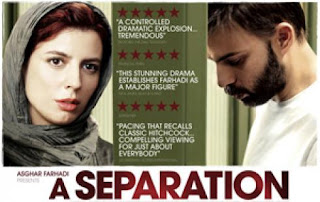 |
| Highly anticipated upon release, The Raid was seen as a return to the glory days for many. |
The rise of the martial arts cinema in the late 70's/early 80's, championed by Jackie Chan and Bruce Lee, was widely regarded as equal amounts exciting and dangerous as the stars of the film performed outrageous stunts live on set to the fanfare of millions around the globe. Despite being the faces of these films and their respective burgeoning industry, it was required of every participating actor to train religiously in order to perfect these stunts seeing as this was their only safety net due to virtually non existent health and safety regulations; scenes were usually filmed on location, leaving no room for error, the shift of excitement from the stunt to the screen worked seamlessly.
 |
| Despite beginning very gun orientated, it didn't take long before flying fists and flailing feet were introduced. |
Certainly, the skill and ability seen in these actors was highly commendable and lent an undoubted sense of authenticity to the films, with little in other world cinema able to conjure up anything remotely similar to the immediate gratification of Asian martial art films, in aprticular China and Hong Kong's. However, a change in direction was taken when more focus began to be had on the aesthetic side of martial art - 'wire fighting' was introduced, where the use of hanging wire, CGI and other assorted bells and whistles became paramount to emphasise the spectacle and grandiose elements of the film without the need for as much reliance on the raw ability of one individual, making use of a wholly involved artistic team for the stunts instead. This was mostly seen in the work of choreographer Yuen Woo-Ping, who helped establish and popularise this mode of on screen martial arts.
 |
| A new technique of fighting making use of armpit stench was surprisingly effective. |
With the rise in popularity of old school techniques after 2003's highly successful 'Ong Bak' however, a number of films looked to return to the roots of martial art cinema an re-introduce this purely real and physical form. Among these was 2010's 'The Raid', which focused primarily on the action side of things, seeing a sharp concentration on strongly choreographed yet bitingly authentic fight scenes. Indeed, I feel that The Raid highly benefits from this authenticity as it compliments the film's overall gritty appearance, giving every viewer to its crunch of heads and falls to the ground an even wider grimace than they would have had otherwise.
Certainly, different films are aided by differing techniques, but in the case of The Raid's almost neo-realistic approach, the authentic depictions of violence throughout is most definitely benefited by its use of real actors performing their own, however dangerous, stunts - no doubles required.
















